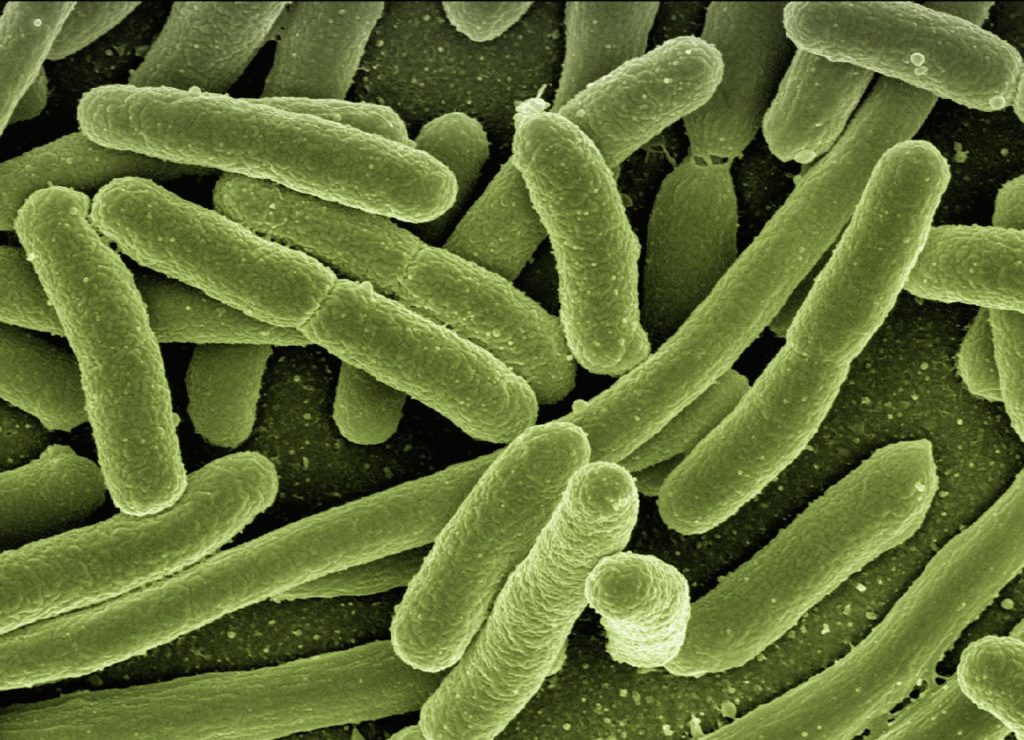Probiotics for Cold and Flu Prevention
Cold and flu season is upon us and I wouldn’t be surprised if many of you or your loved ones have already been sick with an upper respiratory tract infection. It’s not uncommon that supplements are touted as a way to prevent and treat colds and flu. While there’s a lot of advice out there, it’s also worth seeing what we know from the research.
Probiotics

One of the best researched supplements that may prevent colds and flu is probiotics. There is a good review from 2015 showing that taking a probiotic daily lowers your chance of getting sick by almost 50% (Hao 2015). In addition, the duration of the cold or flu was almost cut in half by a probiotic, specifically reduced by a factor of 1.89. The authors note there is some concern for bias and study quality since two of the included studies were funded by supplement manufacturers among other issues. They also state that more research is needed to fully verify the amount of benefit.
So Should Everyone Rush Out and Buy a Probiotic?
One thing to keep in mind is that there are large variations in probiotic products. Probiotics are live bacteria or yeast that are taken by mouth for specific health benefits. Generally, probiotics are thought of as “friendly” bacteria that benefit the host. The bacteria come with different names, like lactobacillus acidophilus, lactobacillus brevis, streptococcus thermophilus, bifidobacterium longum and many many others.
What’s in a Name Anyway?
In addition to the names above, each of these bacteria have important strain names that can differentiate them further. You can think of the strain name as a subset of the bacteria with different personalities that may work better for different health problems, like Lactobacillus acidophilus ATC314 or Lactobacillus acidophilus La-14.
To even further add to the confusion, different countries have different strain naming conventions for the same bacteria and some companies have trademarked their own personal strain names for products that they sell. A single strain of bacteria could easily have 3-4 different names!
The strain name situation can make it difficult to know what you are purchasing off the shelf. Some companies don’t even list the strain name, while others may list their own trademarked name. Most often, you want to verify that the strain you are taking has been specifically proven to give the benefits you want.
From the review article cited above, the specific bacteria that showed benefits for colds and flu are listed below:
- Lactobacillus plantarum HEAL 9 (DSM 15312) and Lactobacillus paracasei 8700:2 (DSM 13434) (Berggren 2011)
- Lactobacillus casei Shirota (Fujita 2013)
- Lactobacillus rhamnosus GG (Hojsak 2010a, Hojsak 2010b)
- Lactobacillus rhamnosus GG and Bifidobacterium lactis Bb-12 (Rautava 2009)
- Lactobacillus acidophilus and Bifidobacterium bifidum no strain given, product name Infloran which is not available in the U.S. (Rerksupaphol 2012)
- Lactobacillus casei DN-114 001 (Sanz 2006)
Most of these bacteria are difficult to find in supplement products in the United States with the exception of Lactobacillus rhamnosus GG.
Unfortunately, another complicating factor with probiotics are fillers commonly used in some preparations. Maltodextrin may actually damage normal gastrointestinal flora (Nickerson 2015) and titanium dioxide appears to be inflammatory (Talamini 2019). I typically recommend finding probiotics that do not contain these ingredients.
Side Effects
Probiotics are generally safe, although some people experience gastrointestinal side effects. If a probiotic is causing significant discomfort I typically recommend to stop taking it. In rare situations, mostly when people have cancer or severe liver disease, probiotics can occasionally cause infections (Goldstein 2015). It’s worth being cautious with probiotics in patients with severe health problems.
Other Strains, Other Products…
It’s likely that other strains of probiotics will demonstrate benefits for helping prevent colds and flu, but it’s nice to have the data for the specific bacteria tested above. Hopefully, in the future, with more research we’ll have a number of different available probiotics that can help keep us healthy throughout the cold and flu season.



